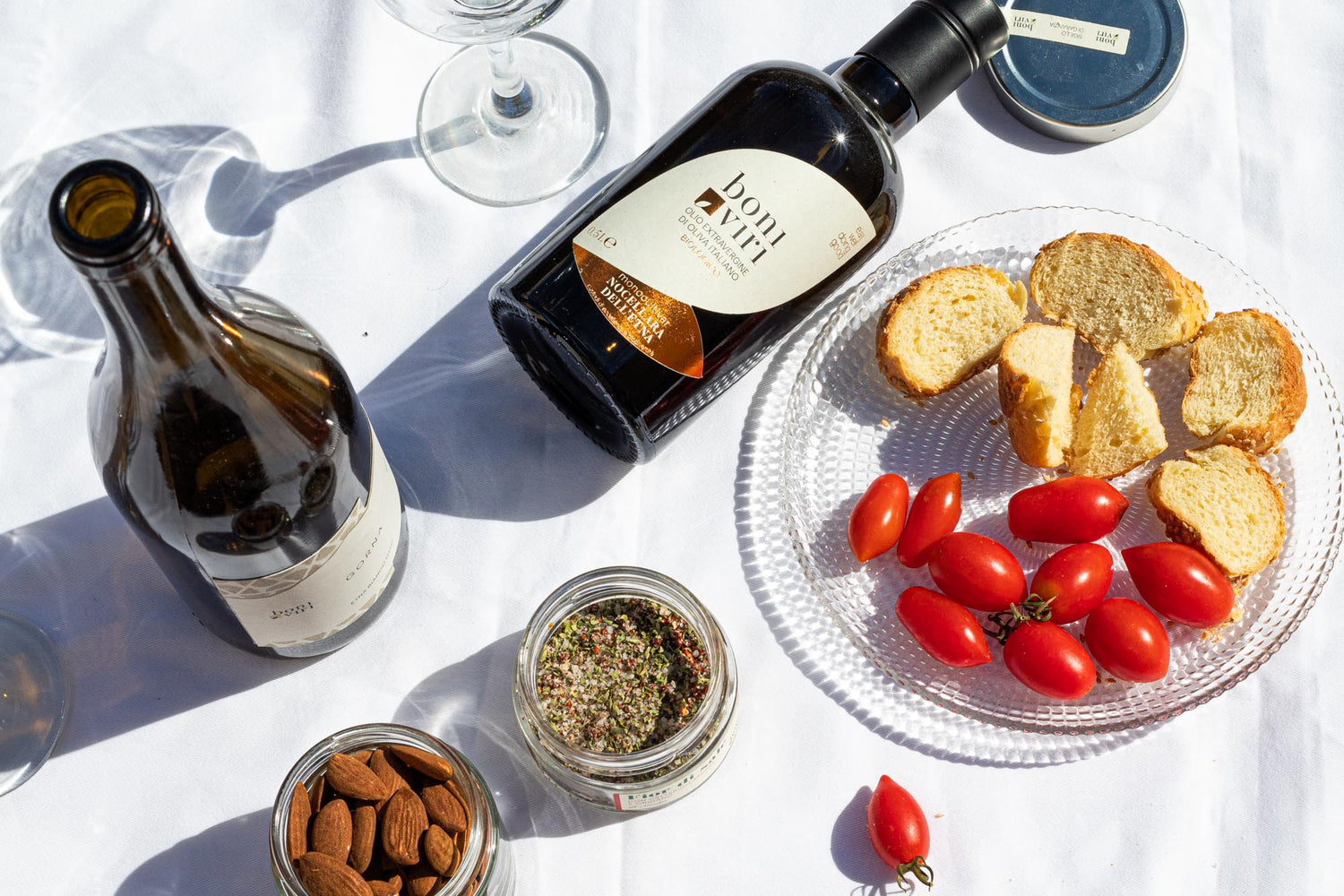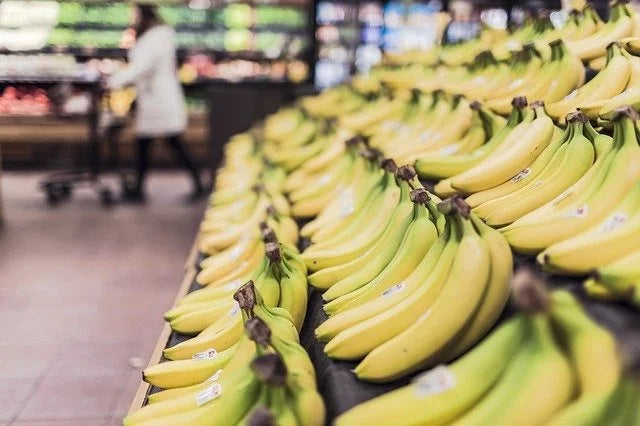Published date: June 2, 2021
One of the negative consequences linked to the industrialization of the agri-food sector is the elimination of all those species that are difficult to replicate in a linear model and not in line with the standards of demand, with a consequent reduction in food biodiversity.
Today the market destroys biodiversity. The lack of commercial variety of agri-food products is a problem that is too often overlooked. In Italy, according to Coldiretti, in the last century there were 8,000 varieties of fruit, while today there are just under 2,000 and of these 1,500 are considered at risk of disappearing due to modern commercial distribution systems that favor large quantities and standardization of the offer.
As for the animal products industry, the data is equally shocking: one in five animal breeds in the world is at risk of extinction (there are less than 1,000 animals). Thanks to advances in animal husbandry, the agribusiness sector has begun to focus only on a few commercial breeds with high milk yields and rapid growth times (often thanks to the use of antibiotics) to reduce the time needed to bring the product to market, maximizing profits.
An example of how market logic can negatively impact biodiversity and, consequently, our diet is that of the banana, one of the most popular fruits in the world. Of the more than 500 varieties of banana, there is only one on the market (Cavendish), the only one that has managed to conquer the taste of Westerners because it is completely seedless. This has led to the conversion of all banana crops in Asia, Australia and South America into monocultures exclusively dedicated to this variety of fruit. The fragility of this system becomes evident when infectious pathogens attack monocultures, and this is exactly what is happening to the Cavendish. A soil fungus known as tropical race 4 (TR4) has started to attack plantations in all the main producing states. If the infection cannot be stopped, the Cavendish risks extinction within a few decades and there is currently no species strong enough to replace it. The only way to save it is through targeted intervention on the genome, which means that in the future we may only have genetically modified bananas.
To avoid ecological collapse, a transition from intensive agricultural systems to agroecological methods such as crop rotation, green manuring and the elimination of pesticides and fertilizers is necessary, which both restore natural soil cycles and conserve resources and pollinators.
It is important to be aware that there is very little natural in what we eat. The agri-food varieties that end up on our tables are actually the result of decades of artificial selection that has led to a system that is as efficient as it is fragile.
Problems like this need to be addressed globally: a collective effort is needed to adopt measures that can change the current agro-industrial model, an ambitious project that puts ecological transition, agroecology and food biodiversity at its core.




